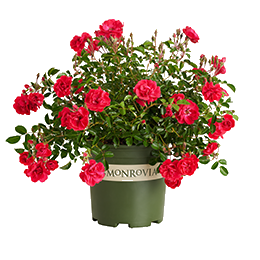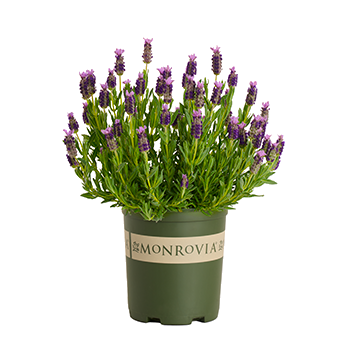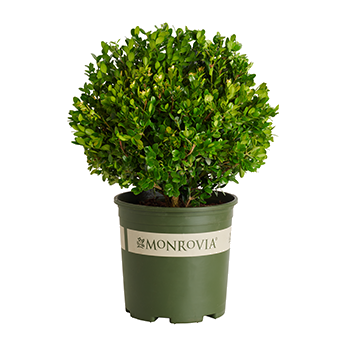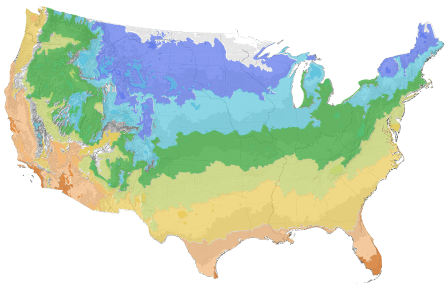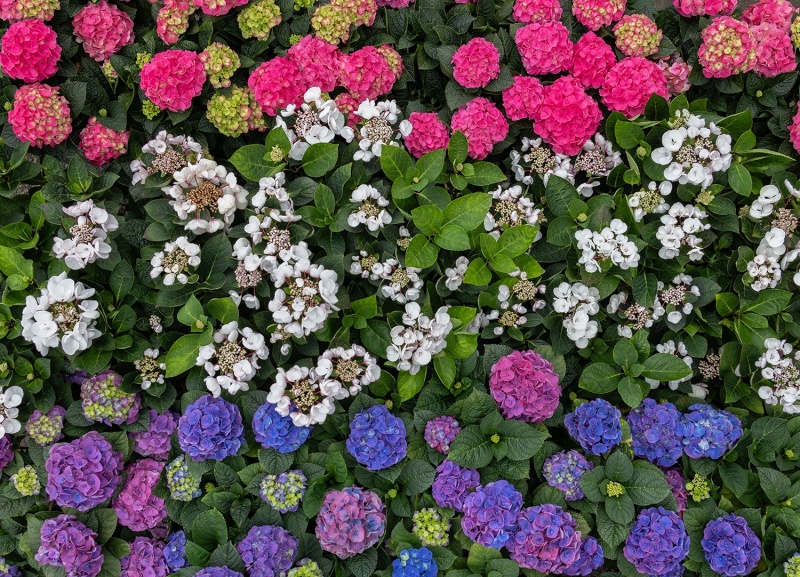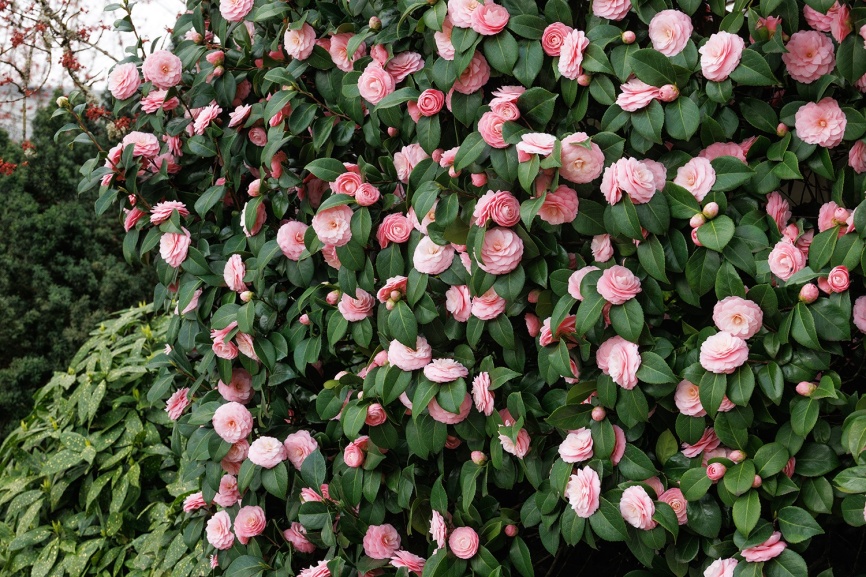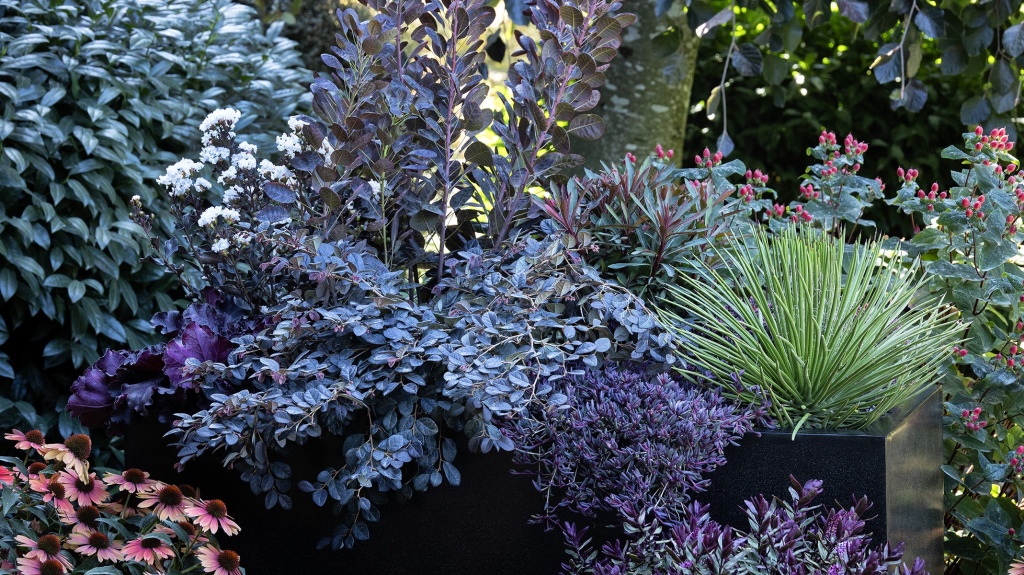You're growing in this Zip Code:
Change LocationDiscover Plants for Your Area
Sioux Blue Indian Grass
Sorghastrum nutans 'Sioux Blue'
Retailers Near You
| Description | This handsome, upright, ornamental grass has bright blue-gray foliage that turns yellow, then burnt orange in fall, with showy, bronze-yellow flower plumes. Use in mass plantings for erosion control or allow to naturalize for a prairie effect. Thrives in lean soils with little care. Blooms are stunning in fresh or dried arrangements. |
|---|---|
| Bloom Time | Late summer |
| Deciduous/Evergreen | Herbaceous |
| Special Features | Dramatic Foliage Color, Easy Care, Fall Color, Waterwise, Fast Growing, Benefits Birds |
| Problems/Solutions | Erosion Control |
| Growth Rate | Fast |
| Flower Attributes | Showy Plumes |
| Landscape Use | Border |
| Flower Color | Yellow |
| Foliage Color | Blue-green |
| Foliage Fall Color | Orange |
| Companion Plants | Blanket Flower (Gaillardia); Shasta Daisy (Chrysanthemum); Salvia (Salvia); Tickseed (Coreopsis); Sedum (Sedum) |
| Care Instructions | Best in poor, dry, infertile soils, but highly adaptable, even to heavy clay. Water regularly in first growing season to establish root system. Once established, reduce frequency; very drought tolerant. May self-seed in optimum growing conditions. Cut to the ground in late winter or early spring before new growth emerges. |
| Description | This handsome, upright, ornamental grass has bright blue-gray foliage that turns yellow, then burnt orange in fall, with showy, bronze-yellow flower plumes. Use in mass plantings for erosion control or allow to naturalize for a prairie effect. Thrives in lean soils with little care. Blooms are stunning in fresh or dried arrangements. |
|---|---|
| Bloom Time | Late summer |
| Deciduous/Evergreen | Herbaceous |
| Special Features | Dramatic Foliage Color, Easy Care, Fall Color, Waterwise, Fast Growing, Benefits Birds |
| Problems/Solutions | Erosion Control |
| Growth Rate | Fast |
| Flower Attributes | Showy Plumes |
| Landscape Use | Border |
|---|---|
| Flower Color | Yellow |
| Foliage Color | Blue-green |
| Foliage Fall Color | Orange |
| Companion Plants | Blanket Flower (Gaillardia); Shasta Daisy (Chrysanthemum); Salvia (Salvia); Tickseed (Coreopsis); Sedum (Sedum) |
| Care Instructions | Best in poor, dry, infertile soils, but highly adaptable, even to heavy clay. Water regularly in first growing season to establish root system. Once established, reduce frequency; very drought tolerant. May self-seed in optimum growing conditions. Cut to the ground in late winter or early spring before new growth emerges. |
|---|
Retailers Near You
About Us
We have been pioneers and craftsmen in the art of growing plants for 100 years. Since our founding in Southern California by Harry E. Rosedale, Sr. in 1926, we have been absolutely dedicated and obsessed with quality.
We have been pioneers and craftsmen in the art of growing plants for nearly 100 years. Since our founding in Southern California by Harry E. Rosedale, Sr. in 1926, we have been absolutely dedicated and obsessed with quality.

